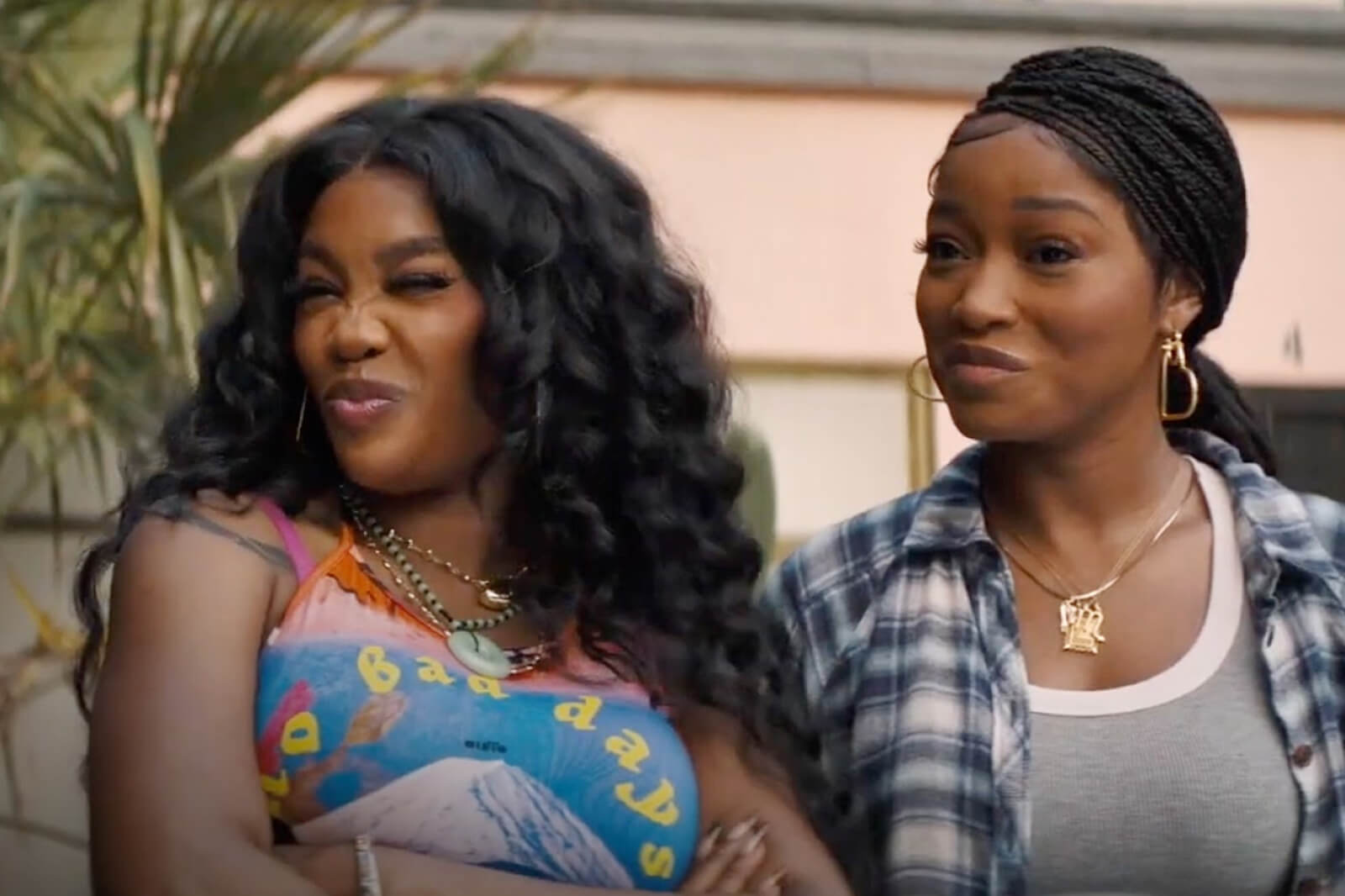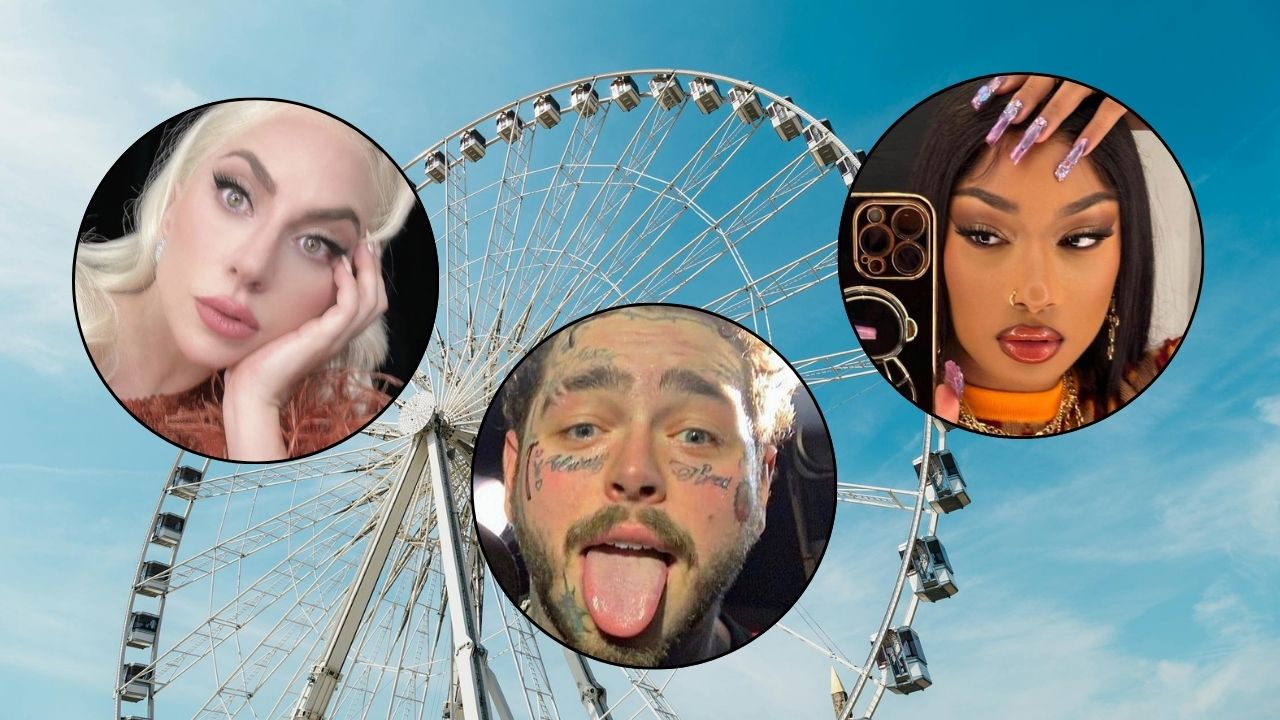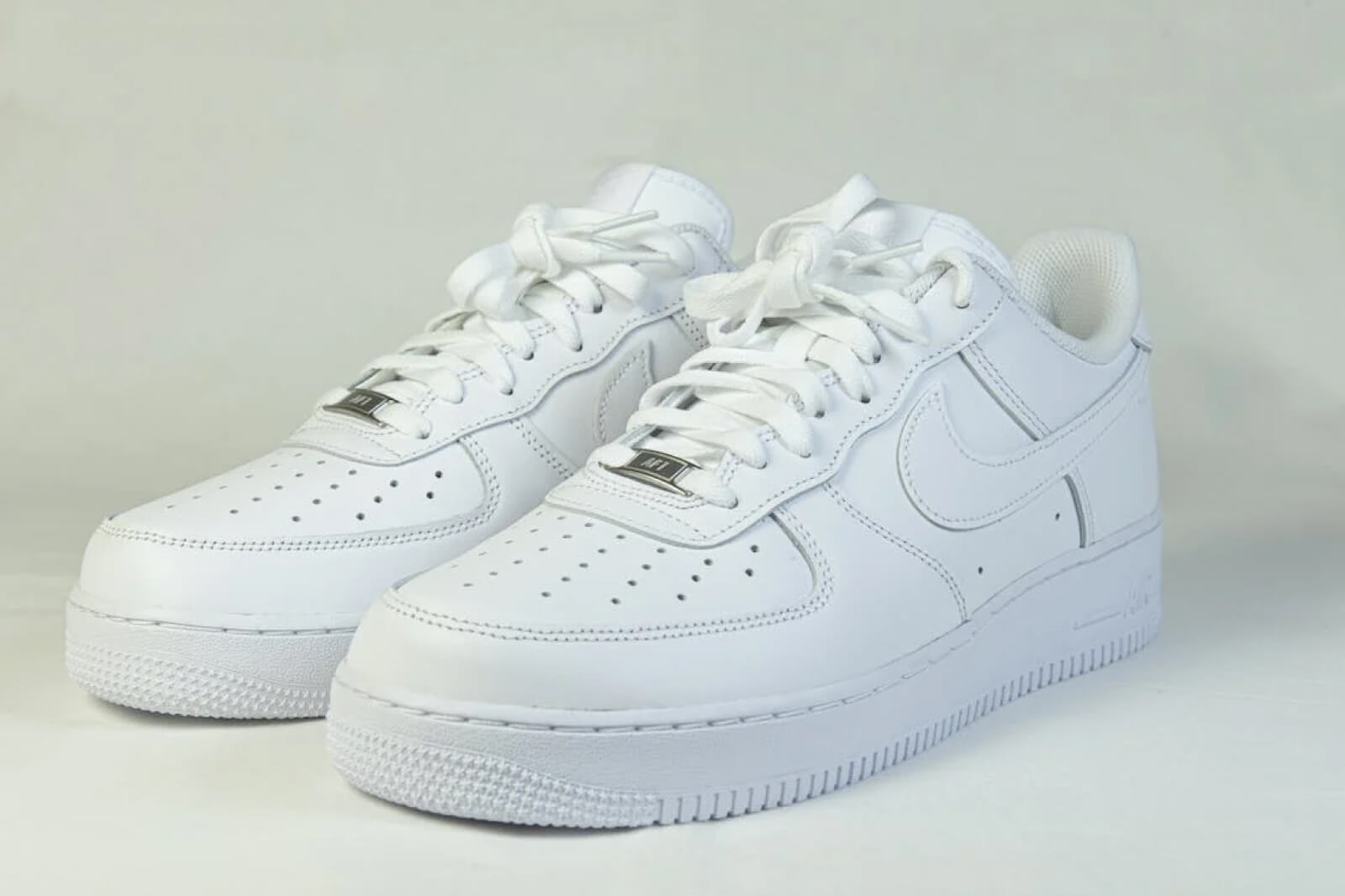
By DFree
Nora Lum, AKA Awkwafina, has blown up in recent years.
After maneuvering YouTube fame — with viral hits like “My Vag” — into a comedic rap career, her over-the-top persona was adapted into breakout comic-relief roles in Crazy Rich Asians and Ocean’s Eight in 2018. She followed that up in 2019 by showing off her dramatic chops with a Golden Globe-winning performance in The Farewell.
That role didn’t quite seem to fit with the bottled-water nickname (allegedly short for “Awkward-fina”) that worked so well on an album called Yellow Ranger. But the foundation of her fame was still built too much on that early work to leave behind the slightly silly name, once she’d achieved enough acclaim to start doing serious work.
Shang-Chi and the Legend of the Ten Rings – Official Teaser Trailer (2021) Simu Liu, Awkwafinawww.youtube.com
And for what it’s worth, the name doesn’t seem to have held her back. Her career has continued to skyrocket, with her loosely autobigraphical Comedy Central show Awkwafina Is Nora From Queens premiering in 2020, and a starring role in Disney’s Raya and the Last Dragon earlier this year. And now, she’s about to be introduced to the true modern core of the Hollywood film industry — Marvel movies.
The first trailer for Shang-Chi and the Legend of the Ten Rings dropped on Monday morning, introducing another Marvel comic character to the big screen — Shang-Chi, AKA Brother Hand, who will be played by Kim’s Convenience star Simu Liu. And in the unwitting friend-turned-sidekick role as Katy, Awkwafina.
She’s not involved in the trailer’s acrobatic fight sequences, and seems mostly to function as a stand-in for the audience — a normal person thrust into a world of secret criminal organizations and mystical superpowers. But despite being a relatively ordinary figure in an otherwise action-packed two minutes, almost as soon as the trailer started trending on Twitter, Awkwafina’s name was trending as well.
And while much of the attention was positive — with people excited for the movie and her inclusion in it, and touting the “Awkwafina cinematic universe,” at least as much commentary was negative. Some users derided the fact that she is “in everything,” and others expressed the idea that her inclusion was the one aspect of the movie they were not excited about.
Too Much of a Good Thing?
To some extent, the complaint that Awkwafina seems to be in everything, or that there are other Asian women who could be taking these roles, is fair. Hollywood has a tendency to get tunnel vision with their casting, and there’s often a backlash when — for instance — Chris Pratt seems to be getting every male lead in an action movie.
The fact that there are only so many roles for Asian women in American cinema, and the fact that so many of them seem to be going to Awkwafina could be a big part of what has turned people off of her. Even people who liked her at first might be getting sick of her at this point, and people who always had qualms about her are getting more and more annoyed at her repeat appearances — and becoming more and more vocal about it.
While the issue of too much Awkwafina should be a familiar problem to anyone who had her marketing invade you subway commute, that’s definitely not the only issue. While we seem to have reached a point where people who take issue with her are becoming the loudest voices, their annoyances doesn’t come from nowhere.
Because just like it’s too late for her to start going by Nora Lum in her professional life, she can’t quite shed the problematic baggage of her early career. She first made a name for herself by being the Asian girl who spoke in “Blaccent.”
Cultural Appropriation
By far the weightier criticism against casting Awkwafina is that she’s guilty of egregious cultural appropriation. According to this perspective, she used an affected pastiche of African American Vernacular English (AAVE) and a matching persona as the basis for her music career, and for her early roles in Crazy Rich Asians and Ocean’s Eight, only to abandon it when she no longer needed it to land major roles.
From this perspective, she was using a caricature of Blackness as a costume to appeal to a predominantly white audience, right up to the point that it was no longer useful for her. Then she dropped it like a white frat kid pulling off an afro wig after a “pimps and hos” Halloween party.
It’s not hard to see why some have interpreted her cavalier use of hip-hop cultural trappings as amounting to anti-Blackness. But is it really that bad?
Nora From Queens
Some have pointed to Awkwafina’s upbringing in Queens — the most diverse county in the continental US — as a possible origin for her use of AAVE. But the fact that she seems to drop it so completely in interviews, and that the neighborhood where she grew up — Forest Hills — is overwhelmingly white and Asian, suggests that’s not really an adequate explanation.
Y’all, she grew up in Forest Hills. The area is 2% Black. https://t.co/PFj3t6wnpe— Thad (@Thad) 1618844652
What about high school? Lum has said that she first developed the Awkwafina character when she was 16 and enrolled at Fiorello H. LaGuardia High School — where Asian, Black, and Hispanic students made up roughly equal portions of the student population in the years she attended.
If Lum was spending time with Black friends, she might have started using AAVE either as an authentic form of acculturation, or to entertain them with the novelty of hearing an awkward Asian girl talking like she thinks she’s Black. Or she might have developed her Awkwafina character to entertain white, Asian, or Hispanic friends with a truly racist, mocking intent.
Me everytime awkwafina is on the screen when I go see Shang chi https://t.co/mpRQ11BlQC— 𓆩♱𓆪 (@𓆩♱𓆪) 1618840361
But it’s not really relevant what Lum intended with the performance when she was 16. The fact is that it was the problematic hook that launched her career. If she had been more thoughtful about it, she could have used her talents more legitimately, just like all the other Asian-Americans who have leveraged successful music careers into Hollywood A-list status. Like, for example…uh…
Model Minorities
While some Twitter users have tried to suggest other Asian women who could be taking these roles, there really isn’t another Asian woman whose public persona in American media quite like Awkwafina. She’s never the love interest, and she’s never sexualized, nor is she cheery and feminine, or bookish and nerdy. She’s brash and weird and funny.
The only person who came close before her was Margaret Cho — with whom Awkwafina collaborated on her single “Green Tea.” But even Cho never reached the level of success that Awkwafina has found in recent years.
Awkwafina x Margaret Cho – GREEN TEAwww.youtube.com
Lum has argued that she never could have had a career without her music — that she was unmarketable without that hook, and that’s clear in the early roles that leaned so heavily on the same gimmick of an Asian woman using AAVE. If she had wanted to break into the music industry without a gimmick, what model did she have for doing so? What Asian American woman should she have emulated?
While it’s undoubtedly true that Asian Americans have held a relatively privileged status as far as American POC go — held up as model minorities as a way criticize Black and brown people — that privilege is decidedly limited in scope. There’s a clear space for Asian Americans as professionals and small business owners, but for a young woman with ambitions to pursue a career in entertainment — to be a musician — where was she supposed to look?
Wu-Tang and Appropriation vs. Appreciation
Sophia Chang — who previously managed RZA, GZA, and Ol’ Dirty Bastard of Wu-Tang Clan — has talked about growing up in Vancouver as “a yellow girl in a white world,” and how badly she wanted to be white, until she discovered hip-hop. This was a form of expression that celebrated marginalized identities and rejected existing power structures, and she identified with it and loved it. And it wasn’t until she discovered the Wu-Tang Clan, with their love of kung-fu movies and Eastern philosophy, that she found herself drawn to engage with Asian culture.
Was it cultural appropriation for the Wu-Tang Clan to name themselves after a martial arts style, and to refer to Staten Island as “Shaolin?” Yes. Was it also authentic appreciation? Clearly — and there was real value in that.
The truth is that cultural appropriation is far more complicated than it’s often presented. It could be that a young Nora Lum developed her Awkwafina character just as a funny, useful tool for using Black culture for her own benefit. Maybe she never thought or cared much about the persona she was adopting or the culture she was borrowing from.
She certainly seems to be far more aware of how adopting a fake “Asian” accent is harmful than she is of concerns about using a fake Blaccent — but are they equivalent? One represents immigrants struggling with English, another is a marginalized community in a white country making English their own.
But maybe she has a genuine love of hip-hop like Sophia Chang. Maybe she embraced AAVE as a way to express anti-establishment sentiments, and found her own way to push back against white supremacy and existing power structures — making a new space for an Asian-American entertainer where there was none previously.
It puzzles me that Awkwafina still has not acknowledged how she has used Black culture to her benefit. This refusal… https://t.co/55vVigOAsW— William Yu 유규호 (@William Yu 유규호) 1566002032
In either case, her use of AAVE in her music always had a tone of irony and self-awareness — there’s a sense that she’s the butt of the joke and an acknowledgement that she’s posturing as something she’s not. While that doesn’t make the issues with her use (and subsequent abandonment) of Blaccent go away by any means, it’s certainly a much more nuanced case of cultural appropriation than some are making it out to be. It’s closer to Wu-Tang’s kung-fu homages or Lil Dicky‘s antics than, for instance, Iggy Azalea unironically thinking she’s the future of hip-hop.
Now that her career has taken off and she’s getting work that has nothing to do with her hip-hop persona, maybe it’s time for Awkwafina to acknowledge that there are some fair criticisms of how she got here. But her detractors should also be willing to recognize what she’s achieved by forging a form of celebrity that had never existed for an Asian-American woman before — and how that is ultimately a blow against white supremacy.
- The Failed Promise of “Crazy Rich Asians”: Asian-American … ›
- The Farewell’s “Foreign Language” Categorization Proves the … ›














